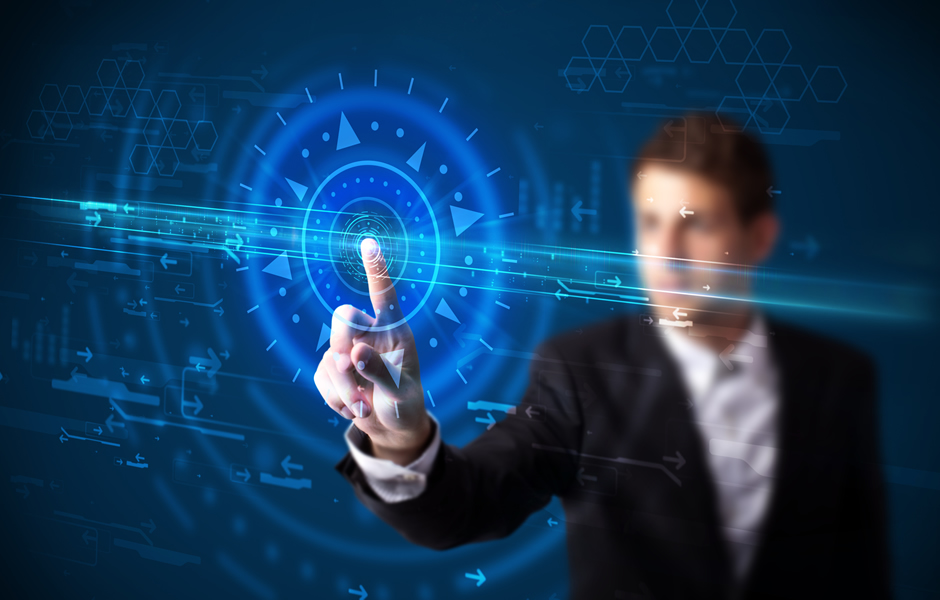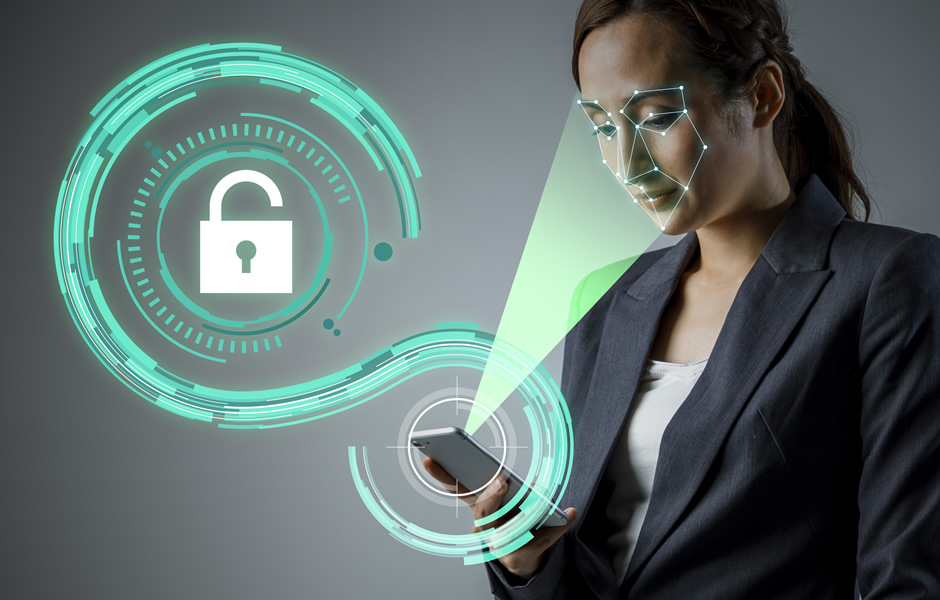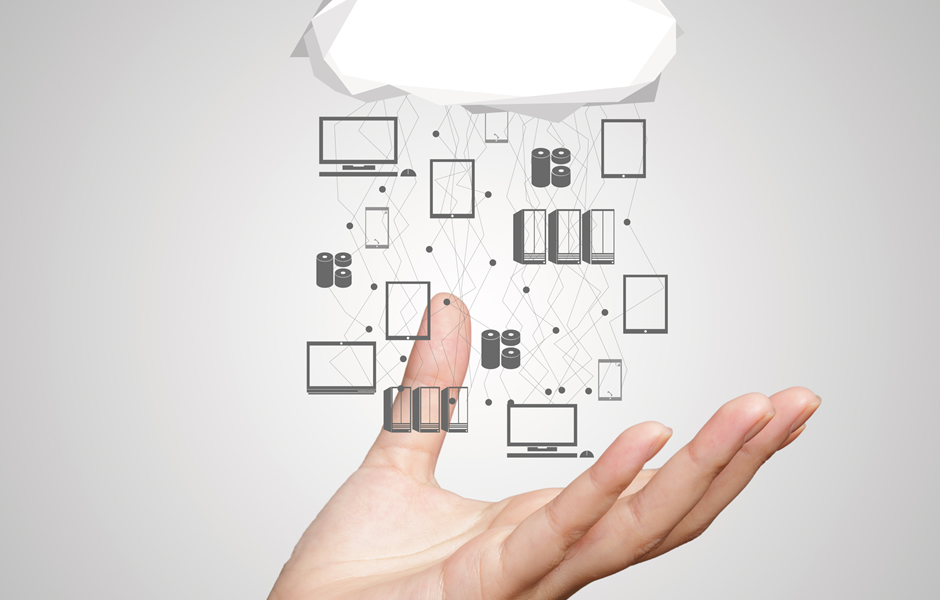
Biometrics, as we all know is the measurement and statistical analysis of a person’s unique physical attributes like face, fingerprint, palm, iris, etc. Biometrics has found use in mostly the identification of individuals and access control. Although experts are working continuously on improving the efficiency of biometric systems, these systems have found applications in various business aspects. Corporates and small businesses have adapted biometric attendance systems as a means to accentuate the time and attendance of employees as well as secure their premises. Several industries have found applications of biometrics to their advantage. The continuous work on biometric systems has led to the addition of features and advantages that these systems can provide. Let us go through the recent trends and uses of biometrics.
MOBILE BASED AUTHENTICATION

Smartphones have today become a part of people’s daily lives and they are carried almost everywhere a person goes. It only makes sense that mobiles are now being used as a tool for biometric authentication of the respective user. However, mobile being a part of every day is not the only reason that has brought over the introduction of this technology. The globalization of the enterprise world has led to the majority of employees working in the field has also played a major part. Getting accurate attendance details and whereabouts of field employees was becoming a major challenge for enterprises. With mobile-based authentication in place, enterprises can easily verify their employees are actually where they are supposed to be.
MULTIMODAL AUTHENTICATION
Up until now most organizations that implemented biometric systems had an unimodal system, meaning that it identified a user with any of the biometrics. Most systems were fingerprint readers, which were later developed into other biometrics such as the face, iris, palm, finger vein, palm vein, etc. Now, systems allowing multimodal authentication are trending with enterprises, especially ones that require strict security measures in place for protecting their assets and sensitive information. Furthermore, the need for multimodal authentication also arrived for organizations in certain industries like construction where identification of a single trait may not procure accurate identification of their employees. For e.g. employees working at a construction site are likely to have dirty, dry, oily, etc. fingers which would make accurate identification of a fingerprint would become difficult. Having two different traits, such as fingerprint and face or any other biometric may hence, help obtain accurate attendance details of these employees.
CLOUD-BASED SYSTEMS

As we discussed above, the enterprises are scaling on a global level, making collection and storing attendance data of employees difficult. Enterprises faced difficulty and incurred heavy costs when it came to storing data on physical servers. Cloud-based biometric attendance systems turned out to be a wise alternative to the hardware. Furthermore, the scalability of cloud-based solutions is highly easy, allowing enterprises to upscale or downscale their IT related requirements. Additionally, scalability over cloud-based systems harbors business growth without indulging in inexpensive changes in the existing systems.
SINGLE SIGN-ON (SSO)
Passwords and pins leave the security of an organization vulnerable for attacks from miscreants and hackers. Moreover, passwords and pins are a weak form of security since they can easily be shared, swapped, forgotten, etc. This vulnerability has led enterprises to shift to what we call Biometric Single Sign-on (SSO). Basically, enterprises depend on a single biometric credential to identify and authenticate employees in order to avoid complexity. Furthermore, employees having multiple accounts on the company’s server requiring logging into each with a different password is quite frustrating. It may also hamper the productivity of employees. Implementing a single biometric credential as a single sign-on for each of the accounts makes it easier for employees to operate. Additionally, biometric systems can also aid in minimizing password management costs that the companies have to bear.
INDUSTRY SPECIFIC SOLUTIONS

Until recently industrialists believed that biometric attendance systems were required only for government organizations in order to regulate their employees’ attendance. However, with time and development of technology, it was realized that all industries would benefit tremendously from using a biometric system for identification and recording attendance of employees. Let us discuss the various industries that have implemented biometric systems for the purpose and how they have benefited in return.
Airports
Smooth and hassle-free travel through airport terminals for passengers is what every airport authority aims for. Several international airports have already started using biometric technology for the identification of passengers. This considerably reduces the processing time for passengers and they can quickly move further. For passengers who travel on an almost daily basis, the implementation of biometric identification systems can be highly beneficial. Moreover, these systems can also be integrated with surveillance systems and security at airports be reinforced.
Law Enforcement
These government public service institutions have also implemented biometric systems. They not only use these systems for acquiring attendance details of the law enforcement agents but identifying criminals through their biometric characteristics such as fingerprints as well. Hence, this technology has proven highly effective for law enforcement agencies in terms of minimizing the number of criminal activities being carried out.
Banks and Financial Institutions
The last few years have seen an increased use of biometric technology in the banking and financial institutions across the world. The main reason behind the implementation of biometrics is to reinforce the security of the clients and reduce the occurrence of fraudulent cases. Biometrics also helps improve transaction security. Furthermore, clients who have been prey to identity thefts and situations where they have to provide proof for their identity perceive biometrics as a far better option. Banks have also found this technology to provide a highly secure environment for the lockers. Clients feel safe knowing their precious assets are safeguarded through a highly secure measure. Not to mention biometrics being an accurate method of collecting their employees’ attendance details.
There are several other industries like hospitals, hotels, the government obviously being one of them, who have adopted the biometric attendance machines in order to improve their identification and attendance gathering methods.

